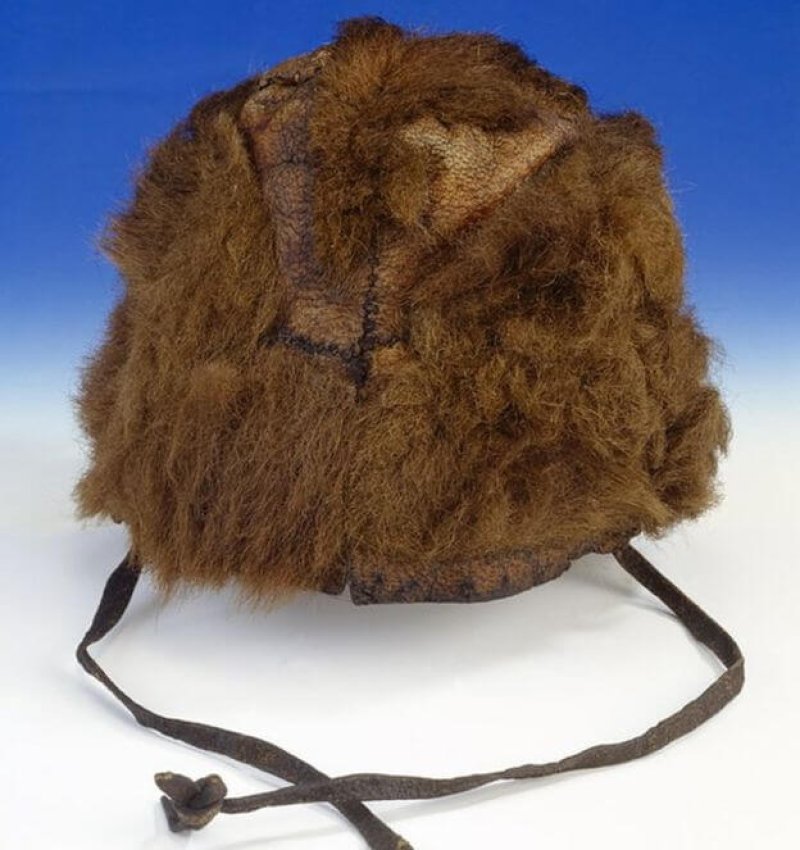DNA analysis of Oetzi the Iceman’s clothes has traced their origin to at least five different species of animal. Among his kit were a hat of brown bear skin and a quiver These findings…reveal a mix of wild-hunted animals with sheep, goat and cattle related to modern domestic breeds.
The researchers say this points to Copper Age people choosing carefully between different wild and domesticated animals when looking for materials to make their clothes.
…
“It clarifies what we already knew – that the Iceman was an agropastoralist; that the majority the food and resources that he used were of domestic origin,” said…Niall O’Sullivan…
“Our study shows that, as well as for food, for the manufacturing of leather he also used both wild and domestic animals.”
…
These various leathers were all identified based on mitochondrial DNA…When Oetzi was discovered in 1991, famously well preserved in the ice of the Italian Alps, this type of ancient DNA analysis was impossible…Even today, [O’Sullivan] and his colleagues were surprised by how much they were able to learn.
The GLP aggregated and excerpted this blog/article to reflect the diversity of news, opinion and analysis. Read full, original post: DNA traces origins of Iceman’s ragtag wardrobe































